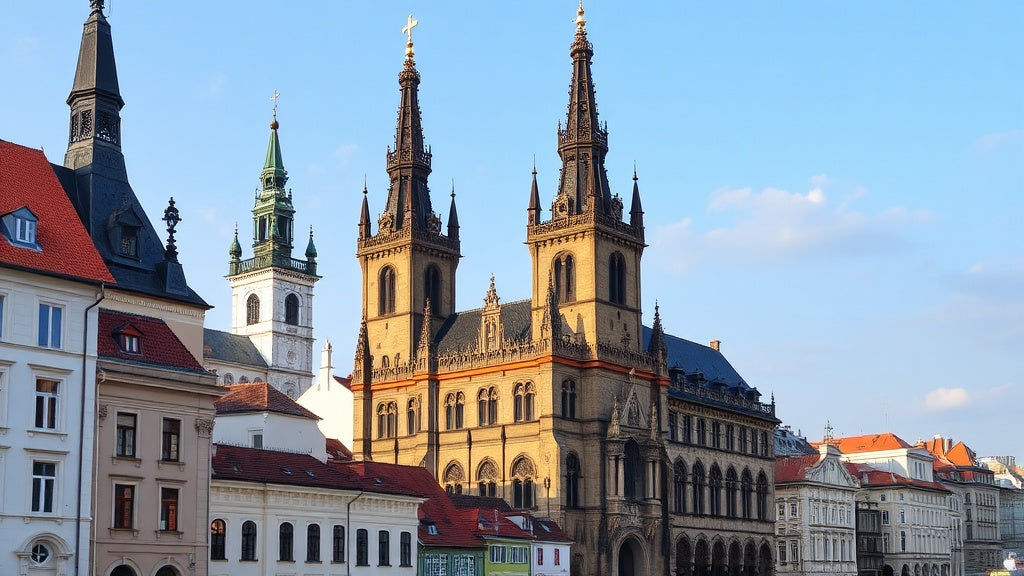
Unyielding Spirit: The Tragic Heroism of Leningrad's 872-Day Siege
, by Unboxify, 6 min reading time

, by Unboxify, 6 min reading time
The Siege of Leningrad stands as one of the most devastating and lethal sieges in human history. Extending for an agonizing 872 days from September 1941 to January 1944, the siege claimed between 1.6 and 2 million lives, making it a somber chapter in the annals of World War II.
In July 1941, 500,000 men from the German Army Group North, aided by 1500 tanks and the Luftwaffe, advanced towards Leningrad. The city, known as the cradle of the proletarian revolution, was now on the brink of annihilation. The German army rapidly captured nearby cities like Novgorod and Shlisselburg, closing in on Leningrad. The former Russian Empire's capital was a significant target not only for its strategic military importance but also because of its symbolic value to the Nazi regime.
Leningrad's citizens were tense and fearful. Russian artist Anna Ostroumova-Lebedeva wrote in her diary, "I suffer from constant mental and physical fatigue. I cannot stop thinking for one minute about our courageous warriors." Her entry reflected the collective anxiety permeating through the city's streets.
The plan to besiege Leningrad was not merely a military maneuver but part of a larger, more sinister agenda. Hitler and his top generals intended to starve the city's population into submission. According to Nazi ideology, Leningrad symbolized the intrusion of Slavic peoples onto the Germanic Baltic coast and was also the cradle of revolutionary communism. This belief led to a strategy of encirclement, where the city and its inhabitants were to be isolated, deprived of food and resources, and ultimately eradicated.
By September 1941, Leningrad was almost entirely encircled, trapping around 2.5 million civilians and hundreds of thousands of soldiers within its borders. The local government's failure to evacuate the city's population before the siege began was cited as one of the Soviet regime's most significant blunders during the war. Leningrad's populace, including over 400,000 children, faced gruesome realities as the German ring tightened around the city.
With the onset of winter, the city faced severe shortages of food and supplies. The German blockade cut off all conventional supply routes, leading to drastic measures. The ration card system issued portions that were three times smaller than pre-siege amounts, and loaves of bread contained more sawdust than flour. Starvation became rampant, and within a month, the city recorded its first instance of cannibalism. By the winter of 1942, nearly 200,000 people had succumbed to hunger and disease.
Efforts to supply the city continued through Lake Ladoga, known as the "Road of Life." This ice road was the city's lifeline, with up to 400 trucks a day delivering essential supplies while taking refugees back. However, traversing the ice was treacherous and compounded by German air attacks, leading many trucks and their occupants to plunge into the icy depths of the lake.
The personal accounts of Leningrad's residents paint a vivid picture of the unimaginable hardships they faced. Yelena Mukhina’s diary records the immense silence that had befallen the streets due to the sheer number of deaths. Meanwhile, Lydia Ginzburg recounts the story of a young boy who appeared at a hospital, pale and indifferent, simply stating that his parents were fighting at the front, and his grandmother had passed away. These stories encapsulate the desperation and resilience of Leningrad's inhabitants.
In January 1943, a Soviet counteroffensive known as Operation Iskra succeeded in breaking the German siege on the southern shore of Lake Ladoga. This victory allowed the Soviets to establish a land corridor and ship more supplies into the beleaguered city. However, the siege was not completely lifted until January 1944, a full year later.
By the time the siege was fully lifted, approximately 1.5 million soldiers and civilians had perished. The devastating loss of life highlighted the brutal nature of the siege and the extraordinary resilience of those who survived. As Anna Reid poignantly writes in her book, "After even the greatest tragedies, life flows on. New replaces old. Absences are filled. The past is overlaid and forgotten. The sun still shines."
The Siege of Leningrad stands as a testament to human endurance and tenacity in the face of unimaginable suffering. The heroism of its residents and defenders has become an indelible part of World War II history. The lessons learned from this tragic period highlight the importance of resilience, unity, and the indomitable human spirit.
The siege of Leningrad is a solemn chapter in history that serves as a stark reminder of the brutalities of war and the height of human perseverance. With millions of lives lost in the name of ideological madness, the inhabitants of Leningrad showed an unyielding spirit that continues to inspire and educate future generations. Their sacrifice and courage are etched in the annals of history, an enduring symbol of fortitude in the face of absolute despair.
The haunting silence that once gripped the frozen streets of Leningrad now reverberates through time, reminding us to cherish peace, valor, and resilience. The sun continues to shine, a beacon of hope and a tribute to those who endured the darkest of times.
For those interested in exploring the strategic and tactical aspects of the Siege of Leningrad and other major World War II battles, interactive platforms like historical strategy games provide an engaging and educational way to understand the complexities of war scenarios. Gamers can step into the shoes of military leaders, making decisions that could alter the course of history.
As we reflect upon the Siege of Leningrad, we honor the memory of those who perished and pay tribute to those who endured. Their legacy serves as a poignant reminder of human resilience and the painful costs of war. Let their stories never be forgotten, and let their strength continue to inspire.
For more in-depth insights and historical narratives, delve into comprehensive works and explore interactive mediums that bring history to life. Understanding the past is crucial to shaping a better future, and the Siege of Leningrad offers timeless lessons on the essence of survival and collective fortitude.







